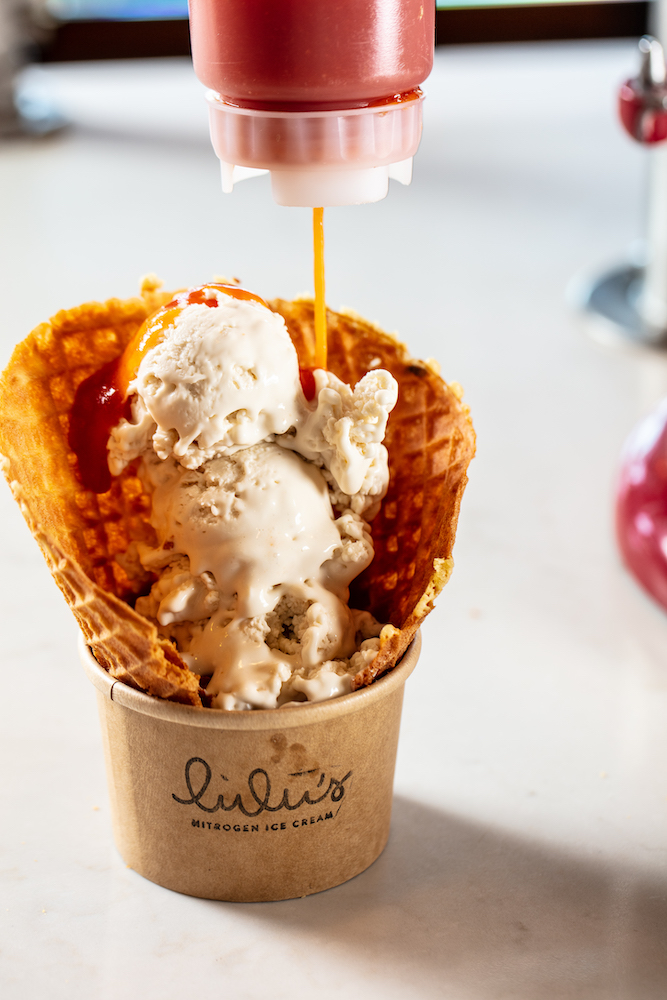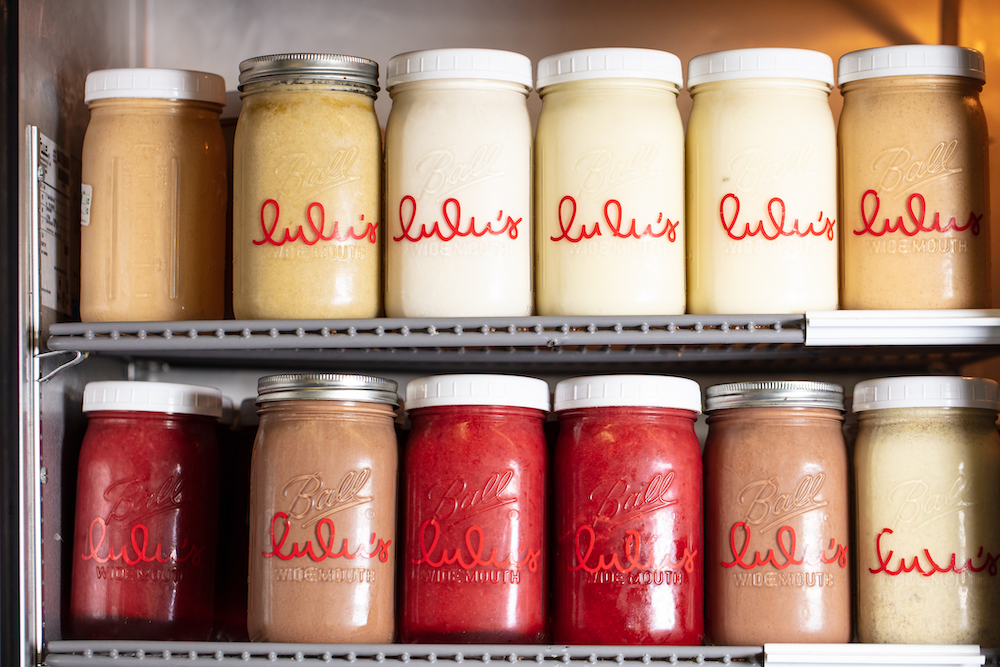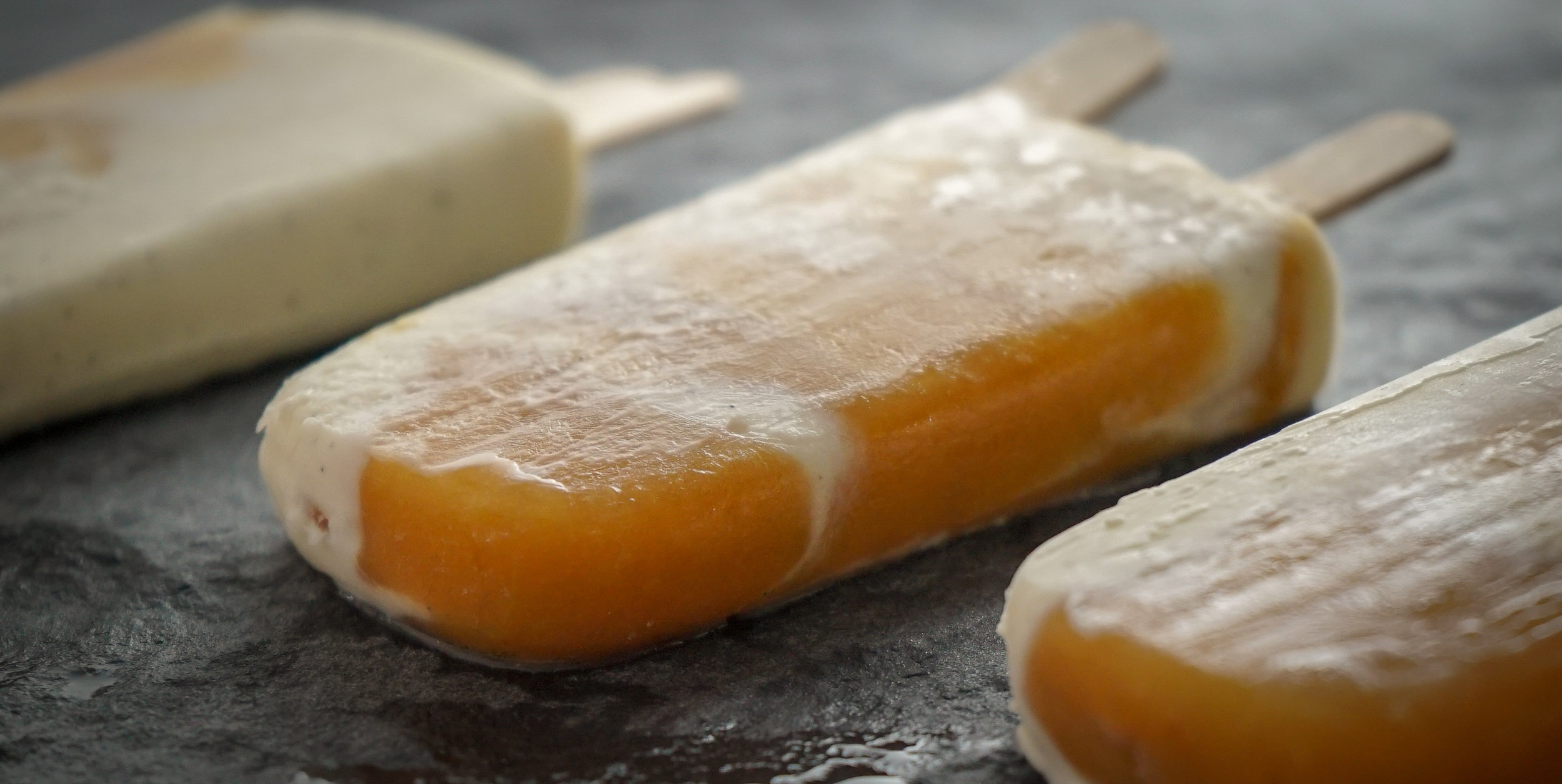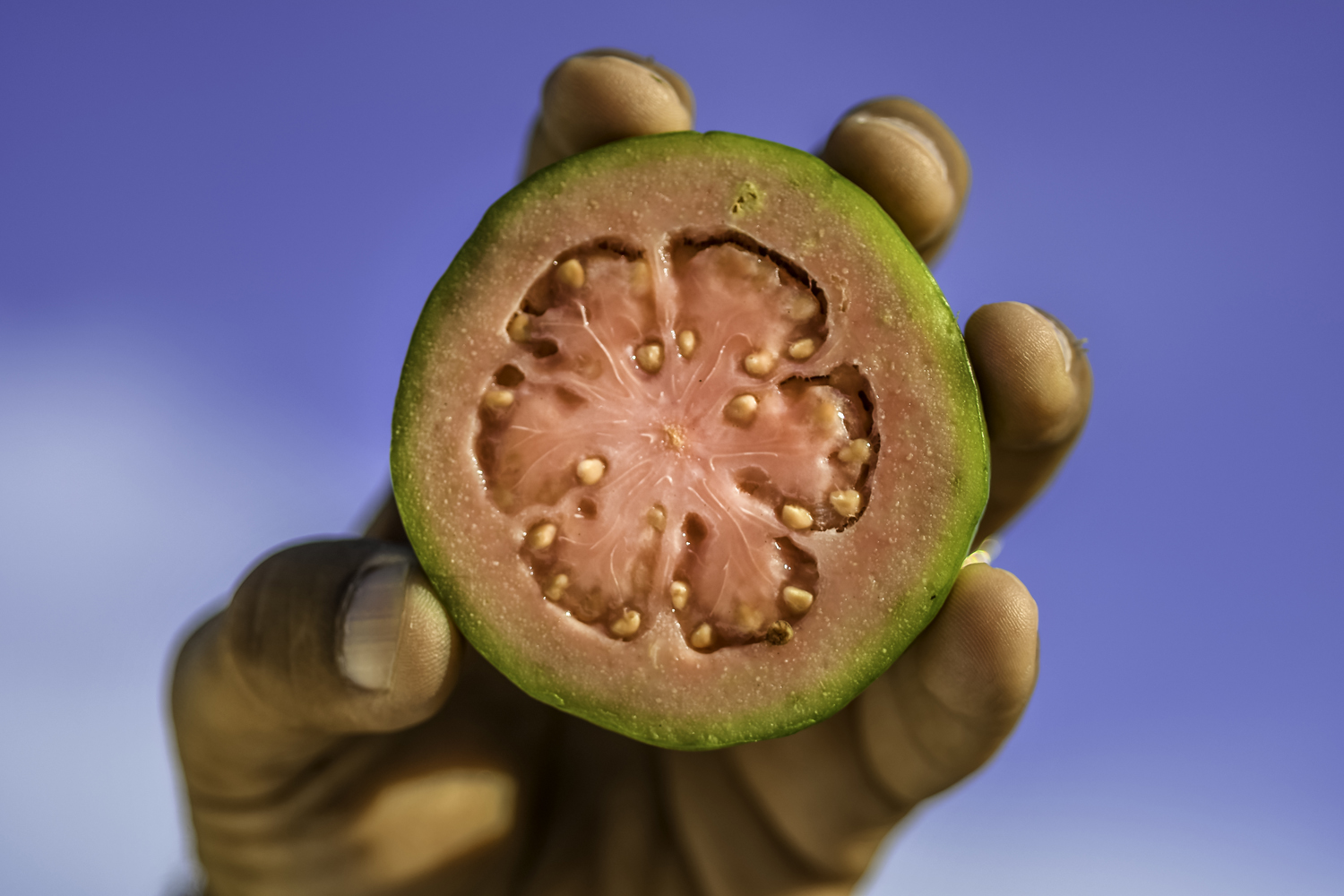A Scoop of Science

A Miami entrepreneur has combined a chemistry lab technique with local tropical fruits to produce ice cream that is fresh and made-to-order.
Luisa Santos had a novel idea. She wanted to make fresh ice cream using fresh tropical ingredients. So she bought produce from local farmers and she even “adopted” a cow. But she needed one more ingredient: liquid nitrogen.
“I love eating ice cream,” Ms. Santos said. Her passion only intensified when she learned about a quick-freezing method that called for liquid nitrogen. The substance, which is about minus 320 degrees Fahrenheit, transforms an ordinary bowl of cream into a solid one in around 20 seconds. “I was really captivated by this,” she said, adding that she had spent hours combing through Google and YouTube to better understand the chemistry.
Nitrogen makes up about three-quarters of the air we breathe and has long been used in food processing. In its liquid form, when poured over cream, it freezes the cream and then evaporates away. What is left behind is not just any ordinary scoop-and-serve ice cream. The quick drop in temperature caused by the nitrogen creates smaller ice particles resulting in a silkier texture.
Luisa Santos pours liquid nitrogen over a vanilla cream base at Lulu’s Nitrogen Ice Cream in Miami. Photography by Libby Volgyes
Liquid nitrogen ice cream, which freezes in a matter of seconds instead of the hours it takes to make traditional cold churn products, has a silkier texture. Photography by Libby Volgyes
While the science of making liquid nitrogen ice cream makes for good internet fodder – the billowing fog alone is titillating enough to watch – what Ms. Santos, 28, found most compelling was the opportunity to merge her passion for ice cream with her desire for freshness.
“People deserve better than the crap we’re getting everywhere,” said Ms. Santos, who opened Lulu’s Nitrogen Ice Cream in Miami in 2015. Her store is just one of many nitrogen-pumped ice cream shops. However, at Lulu’s, individual servings of ice creams and sorbets are made to order from locally sourced produce. “It’s just better tasting and better for you,” she said. The emphasis she places on harvesting South Florida flavors, compounded with her commitment for freshness, does add a unique twist to an old-time classic.
“It’s better tasting and better for you.”
To achieve fresh, daily ice cream, Ms. Santos’ team gathers produce from local farms every other day. The fruits are broken down and incorporated into a cream base, which is then kept in individual glass jars. They are intended to be used the same day, which means the creams do not sit around in a freezer. Because of that, she can avoid using preservatives, emulsifiers and stabilizers – the sorts of additives found in the prefrozen tubs at more traditional ice cream shops.
Relying on fresh ingredients does have its drawbacks. The menu varies based on what is in season and what is available. Because no two batches of fruits are the same, there can be variations in flavor and color.
Ice cream flavors are made fresh and stored in glass jars. At top, a guava and goat cheese ice cream in a freshly made waffle cone. Photography by Libby Volgyes
Despite the ever-changing menu, she says customers have grown fond of certain flavors: lychee, mango and passion fruit are crowd pleasers. The flavors are a natural fit for customers in Miami, where the tropical produce is similar to the fruits commonly grown around the Caribbean.
Another popular flavor is the guava and goat cheese, which is nostalgia on a cone. “It’s like a modern twist on the strong deep culture of guava,” Ms. Santos said, noting that customers really took a liking to the flavor. “They would actually get very angry when it was gone.”
She took a cue from her customers and, for this specific flavor she stocks up on guavas during the summer season. The fruits get frozen and rolled out throughout the year.
“My main goal is to share this quality of ice cream with as many people as possible,” she said.








